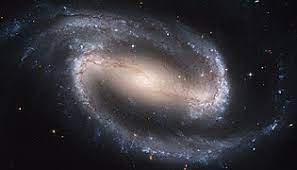AUGUST 31, 2021 – Yesterday, my wife and I fell into a funk over issues that divide the country. One matter was the pandemic, brought home by the advisability of me getting a Covid test—and quarantining. Thank goodness we have the Red Cabin, and of course, my wife and I are fully vaccinated.
I made it to “quarantine quarters” before sundown; problem was, I’d listened to NPR for much of the drive, and over-exposure worsened my funk. Walking briskly for two rounds on the outer trail in the tree garden went a long way to restoring my mental stability. The deer leaping across my path and a few paces later, a ruffed grouse taking flight abruptly, vanquished my internal Sturm und Drang—at least for the remainder of my walk in the woods. As dusk settled in, I went on bear alert—preparing myself mentally for a possible encounter. Nothing diverts attention from other worries, as does heightened anxiety about meeting an aggressive nigrum ursus.
Once nightfall came, I repaired to the inside of the Red Cabin and fixed myself some supper—yesterday’s takeout leftovers from Eggroll Queen. After washing it down with our mineral-rich tap water, I ventured out onto the dock to view the heavens.
This was the moment of the day—nature’s retort to my surly response to the news of the day. Mercury had already set in the west, but Saturn beamed brightly as she rode her nocturnal trajectory. The Milky Way was so prominent and the lake surface so calm, the galaxy’s reflection was almost as strong as its heavenly brightness.
Usually, the Milky Way seems far and wholly separate from the multitude of “loner stars” outside the celestial cloud than runs diagonally across the nighttime sky. In fact, of course, Saturn and the earth itself, part of the same solar system, are an integral part of the galaxy, as are all the stars (the trillion stars of “fuzzy” Andromeda excepted) visible to the naked eye. Pondering this reality juxtaposed to the apparent independence of many stars from the Milky Way allows us to “see” in perspective, as if we were aboard a spaceship, peering into a still shot of a self-contained, stellar blizzard.
In viewing this “still shot,” I reminded myself that the shining points of light twinkling in the clear, late August sky aren’t affected one iota by what we do upon or to the earth; what we think, what we say, what we leave behind or don’t. The forces of the universe will behave the same, with or without us, as time marches beyond our meager gauge.
The universe is ambivalent to our woes, our troubles, our anger and divisions. We’re on our own, like school kids on a playground beyond the schoolyard. To the swing and the slide, the climbing wall and the balance beam, and the pea gravel beneath it all, we push and play, chase and bully unsupervised except by ourselves and what we’ve learned—or not learned—at school.
(Remember to subscribe to this blog and receive notifications of new posts by email.)
© 2021 by Eric Nilsson
